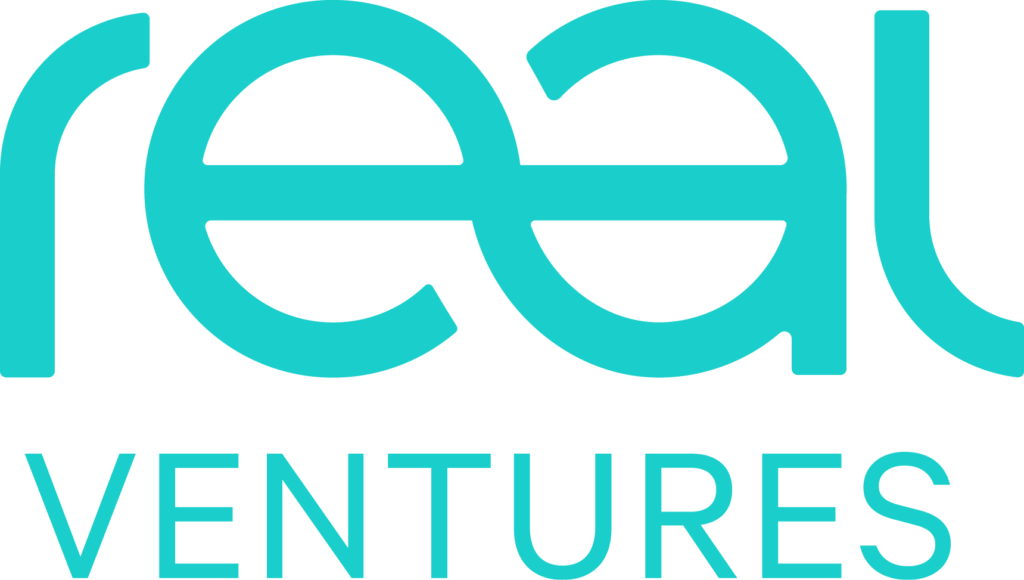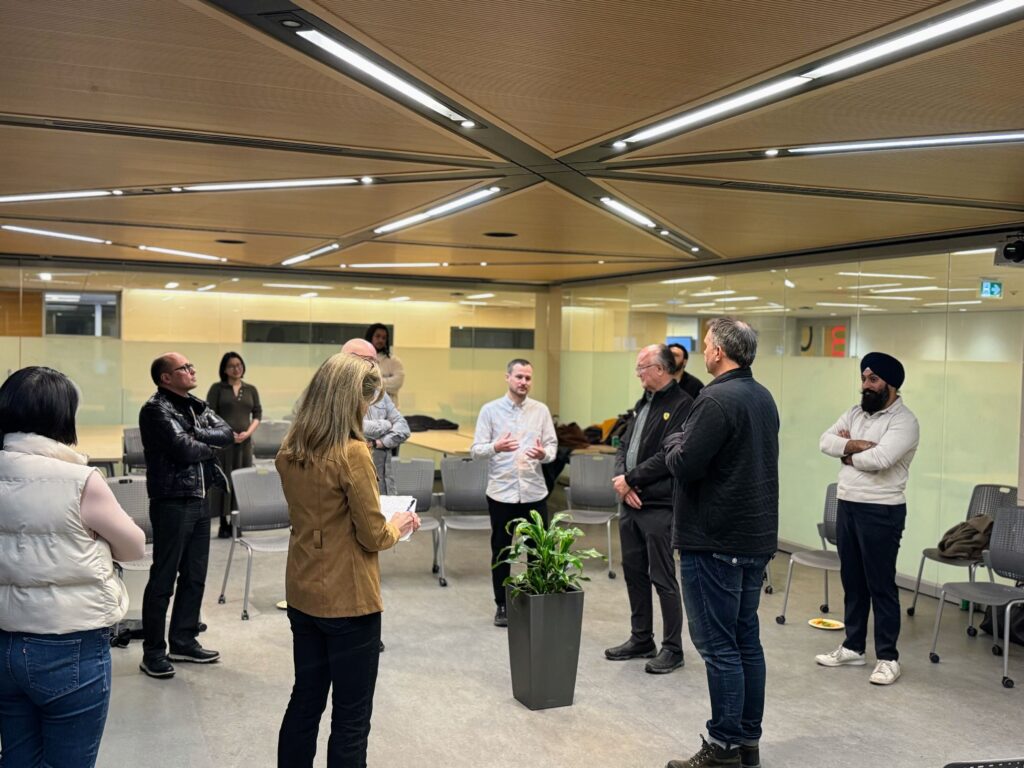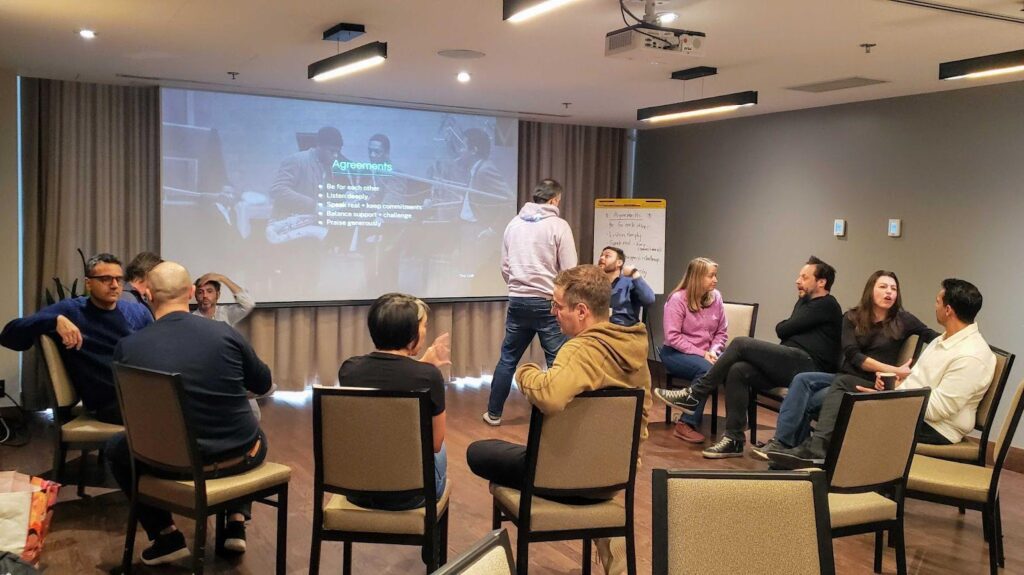We think a lot about the mechanics of leadership and deeply believe in the value of bringing more intention and awareness to its practice. That exploration has forced us to not only question our ideas about what it means to lead, but to tangibly define the steps people, teams and organizations need to take to steer their ship in a more thoughtful direction. To many, structural tools and processes feel like the rigid antithesis to a more agile, human-centric approach to sustainable growth, but we’ve come to see them as the stakes we wedge into our gardens to guide the growth and direction of our climbing plants. They’re like sturdy crutches we can lean on until we’ve developed the strength, habits, culture and reflexes we need to lead differently.
At this year’s FounderCamp, Real Ventures co-founder and veteran investor John Stokes shared some of the lessons learned and tools acquired on our own quest for a more effective, transparent and vulnerable approach to leadership. The gist of it? Organizational tools and processes aren’t meant to serve as the final destination — but as means to a far bigger, more complex and authentic end.
Focus: A shared vision that cuts through the noise
At Real Ventures, focus means the ability to do less, better, more often. To many startup founders, that feels like a scary thought — a luxury for established companies and a dangerous enemy of the wild ambition we’ve been told we need to succeed. When it’s your mission to solve a problem you truly care about, ambition can actually fuel and sharpen your focus. Yet if you’re simultaneously driven by a desire to save face and be admired by your peers, it can propel reactive decisions to hedge your bets by doing it all.
Those prideful blind spots prove especially toxic when tech startups are faced with the inevitable failures that come with innovation. And trust us, they will come. As Clayton Christensen’s Innovator’s Dilemma so aptly points out, until we, as VCs and leaders, shake our reliance on traditional, performance-driven metrics to evaluate success, innovation looks …well, wrong.
“The very decision-making and resource-allocation processes that are key to the success of established companies are the very processes that reject disruptive technologies.” – Clayton M. Christensen
That means that every time your teams inevitably hit a wall, their resilience needs to stem from their buy-in into a clear mission, not a deep-seated fear of being proven wrong. Clarity and focus allow you to survive the marathon of entrepreneurship and maintain team sustainability — leading your brightest minds to push hard towards a shared vision, as opposed to spreading their valuable energy and brainpower too thin across multiple, scattered directions.
Growth: Communicating intention with organizational charts
While some have declared the org chart to be dead, John begs to differ. In the past, org charts were understood to be ubiquitous, static mappings of a company’s hierarchy that were left unquestioned for years and quickly demoted to the back pages of a long-forgotten onboarding guide. But when paired with a fundamental understanding of your company as a breathing, evolving thing, they can prove to be a powerful exercise in making sure your business and organizational growth are properly aligned. Hence the importance, says John, of taking the time to map out your org chart of the future, and of systematically revisiting it every single quarter.

Having a clear and explicitly documented sense of how you want to nurture and position your team as it grows allows you to incorporate key elements of transparency, ownership and communication into your leadership style. Should a current employee prepare for the eventual arrival of a new layer of management above them? Are there existing paths for talented staffers to move up the ladder and grow into future positions? Will certain departments need to be ready to dramatically scale up their teams? Your team has every right to ask those questions, and your leadership should be able to provide answers.
But let’s be clear: saying it’s your executive team’s responsibility to put in the time and make the final calls doesn’t mean that the reflection process should happen in isolation. Creating channels for your team to provide practical intel about what’s working, what’s needed, and what’s actually happening on the ground is essential. It’s what allows you to map out a plan that’s rooted in reality and promote the sense of ownership you need to bolster your company’s efficiency and bottom line. Here are just a few of the numbers found in a Gallup study on the economic impact of employee engagement.
“Work units in the top quartile in employee engagement outperformed bottom-quartile units by 10% on customer ratings, 22% in profitability, and 21% in productivity. Work units in the top quartile also saw significantly lower turnover (25% in high-turnover organizations, 65% in low-turnover organizations), shrinkage (28%), and absenteeism (37%).”
Authentically engaging with your team may mean acknowledging that you’re currently asking someone to wear 5 different hats, or having difficult (yet vital) conversations with disappointed employees who aren’t quite on the career path they’d anticipated. But down the line, being intentional, explicit and transparent about your organization’s projected trajectory is just good leadership. It shows thoughtfulness and vision, and will help you keep your team engaged, happy, aligned and committed as you navigate the choppy waters of change, iteration and growth common to all technology startups.
Accountability: Leveraging the RASCI Matrix for better outcomes
Once you’ve created and communicated clarity around your mission and team structure, it’s time to get more granular and shed light on the roles and expectations for each of your top themes. To structure that process, John recommends building upon the Responsibility Allocation Matrix — or RASCI. Based on the Goal Directed Project Management methodology developed by a trio of Norwegian business consultants and academics in the 1980s, RASCI provides a clear framework with which to allocate and display tasks and responsibilities across your organization. For every assumption that drives your company’s priorities and projects, stakeholders are allocated one of five levels of responsibility.

Though the framework may seem pretty straight-forward, it has the power to stir up a whole range of emotions wrapped up in ego, anxiety or insecurity — so it’s important to be considerate, compassionate and tactful as you implement this new methodology. People who may have believed themselves essential to the success of a project might be upset to be told that their thoughts are only required within a peripheral consultation role. Employees used to distributing blame and accountability may be apprehensive and nervous to take on explicit responsibility. But keep in mind that by sitting with the discomfort and diligently going through the exercise as a leadership team, you’re modelling what it looks like to take full ownership of your own duties. You’re also sparing your team a whole minefield of confusion, miscommunication, frustration, and pain. The bottom line is: if you want to create a company culture that expects people to step up to the plate and be accountable for their work through thick and thin — you need to be the first in line.
While these organizational models and tools can bring you a long way towards a more conscious and sustainable approach to leadership, it’s important to frame them within the context of a broader commitment to self-awareness and authenticity.
“The lack of opportunities to become aware of themselves and therefore aware of others is causing senior leaders to make decisions which are really about skirting ego,” says John. “That’s why we have these tools and processes, because we know egos exist. But these are merely training wheels to empower everyone in the organization to lead their own lives and thrive.”
As your organization’s delicate center of gravity threatens to topple under the weight of mismanaged egos, distracting opportunities or anxious insecurities, these charts, mission statements and matrixes are there to catch you before you fall. And just like meditation, the goal isn’t to spend every day living above the fray and devoid of all ego — it’s about setting up the intention, the time, the practice and the structures you need to methodically check in, question your assumptions and proactively seek opportunities for growth.
**********
For more insights, fundraising advice, founder stories, ecosystem deep dives and industry trends, sign up for our newsletter and follow us on Twitter, LinkedIn and Facebook.




